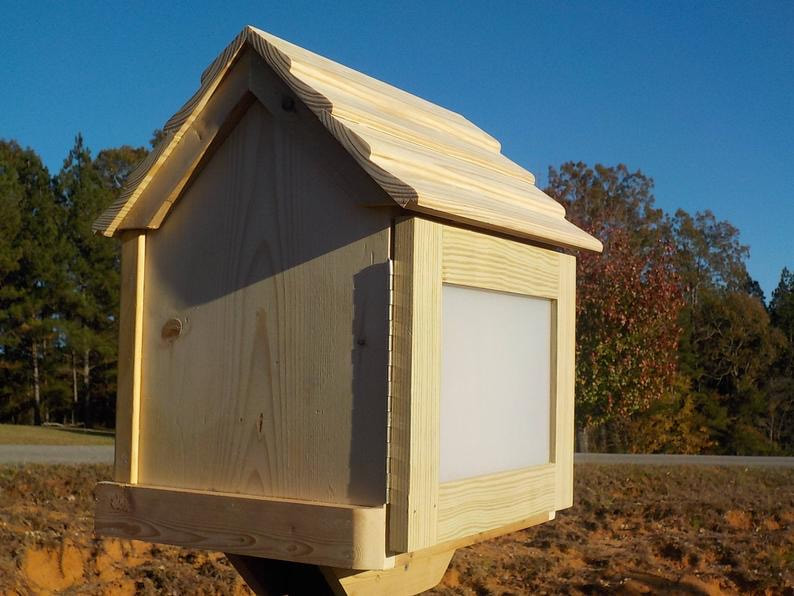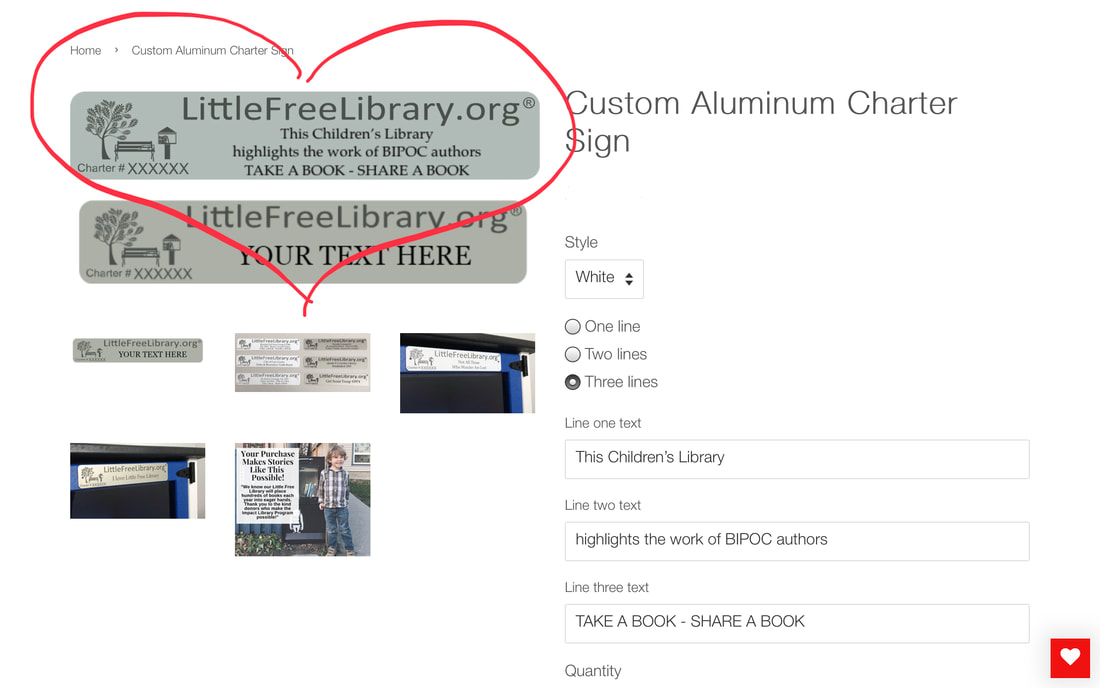|
Something I’ve wanted for a while was a Little Free Library. I've looked longingly at pictures of all kinds of Little Libraries on Pinterest. What I've noticed in many of those smiling pictures is something that mirrors the landscape of publishing. A lack of representation of Black and brown people. That is something I want to change. Even before I knew what my actual library would look like, I started thinking about what I wanted in my theme and design. I LOVE the recent article about the Little Diverse Library in Arlington, MA and had always planned to have a diverse book theme with Kidlit, so my library will be in solidarity with that project. I've already come up with some creative ideas! This will be a continuing blog series documenting the story of my Little Free Kidlit Library. When I bought my house last summer, I started searching for a pre-finished library model to install in my front yard. I recently found one I liked on Etsy and it’s on its way. Below is a sample pic of the unfinished library from the seller. Pre-finished Library from Etsy seller WalltoWallWoodworks To be an officially registered Little Free Library, you must also purchase a charter from the organization. That allows you to put your library on the official map so patrons can find you and you can share your story. I decided to order a custom charter for my library to let people know that my library is for children AND it also supports BIPOC authors by featuring their books. Custom Charter Sign - This Children's Library highlights the work of BIPOC authors Why a library dedicated to just BIPOC authors? Well, it's desperately needed. People of color represent about 42% of the US population, but BIPOC authors wrote just 7% of the children's books published in the US in 2017. Because of that, there is often a lack of representation in children's books for kids who identify as BIPOC. According to the Cooperative Children’s Book Center (CCBC), "Despite slow progress in the past several years, the number of books featuring BIPOC protagonists lags far behind the number of books with white main characters--or even those with animal or other characters. Taken together, books about white children, talking bears, trucks, monsters, potatoes, etc. represent nearly three quarters (71%) of children's and young adult books published in 2019." Even worse, when there is representation of BIPOC characters, it may contain stereotypes or other harmful or inaccurate portrayals, as highlighted by the infographic below by Dr. Sarah Park Dahlen and David Huyck using the multicultural publishing statistics compiled by CCBC. Huyck, David and Sarah Park Dahlen. (2019 June 19). Diversity in Children’s Books 2018. sarahpark.com blog. Created in consultation with Edith Campbell, Molly Beth Griffin, K. T. Horning, Debbie Reese, Ebony Elizabeth Thomas, and Madeline Tyner, with statistics compiled by the Cooperative Children’s Book Center, School of Education, University of Wisconsin-Madison: http://ccbc.education.wisc.edu/books/pcstats.asp. Retrieved from https://readingspark.wordpress.com/2019/06/19/picture-this-diversity-in-childrens-books-2018-infographic/. Literacy scholar Dr. Rudine Sims Bishop writes in her landmark 1990 article in Perspectives, "When children cannot find themselves reflected in the books they read, or when the images they see are distorted, negative, or laughable, they learn a powerful lesson about how they are devalued in the society of which they are a part."
I live in a diverse neighborhood where many children will hopefully find in my library the "mirror" books that Dr. Bishop talks about in her work. I also hope others will consider creating their own Little Free #BIPOC Libraries or at least adding a broad selection of books by authors of color to their current Little Free Libraries. Dr. Bishop writes, "[Children] need books that will help them understand the multicultural nature of the world they live in … books may be one of the few places where children who are socially isolated and insulated from the larger world may meet people unlike themselves." Equally as important as it is for children of color to have mirrors to their identities through books, non-BIPOC children need books that allow them to look through "windows" and pass through "sliding glass doors" into the perspectives and experiences of others, building empathy along the way. Comments are closed.
|
stay informedarchives
October 2023
categories
All
|




 RSS Feed
RSS Feed